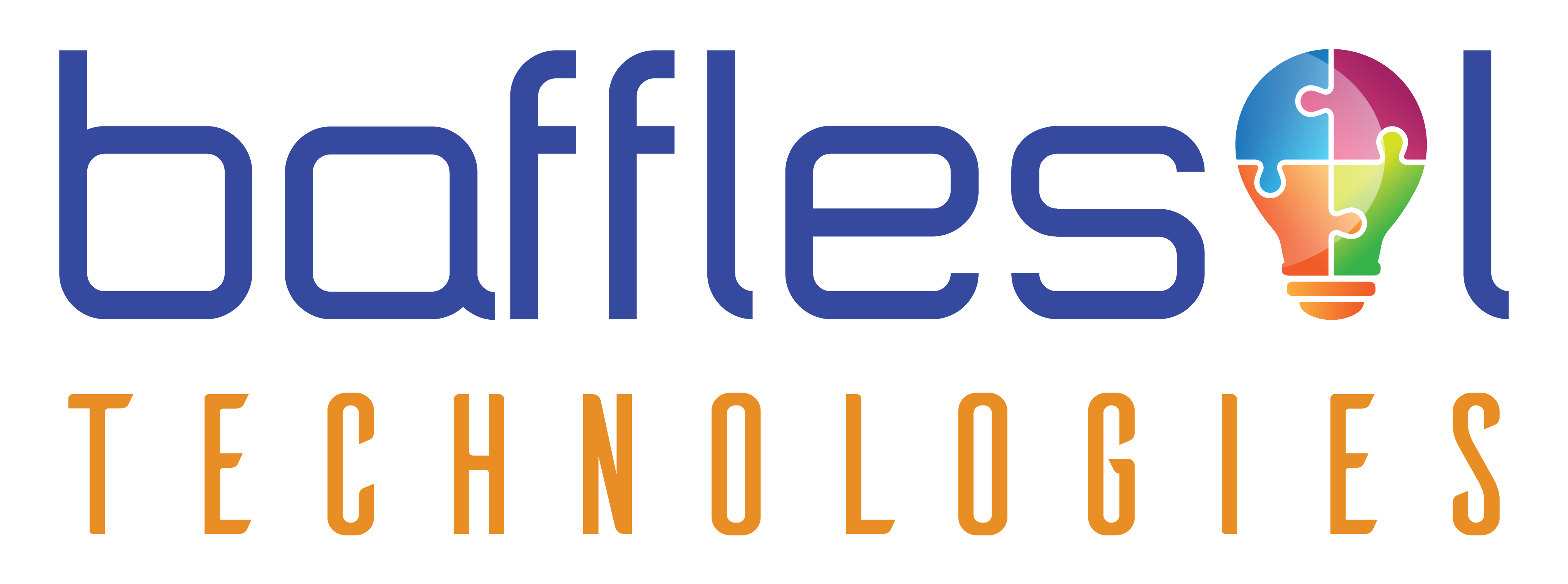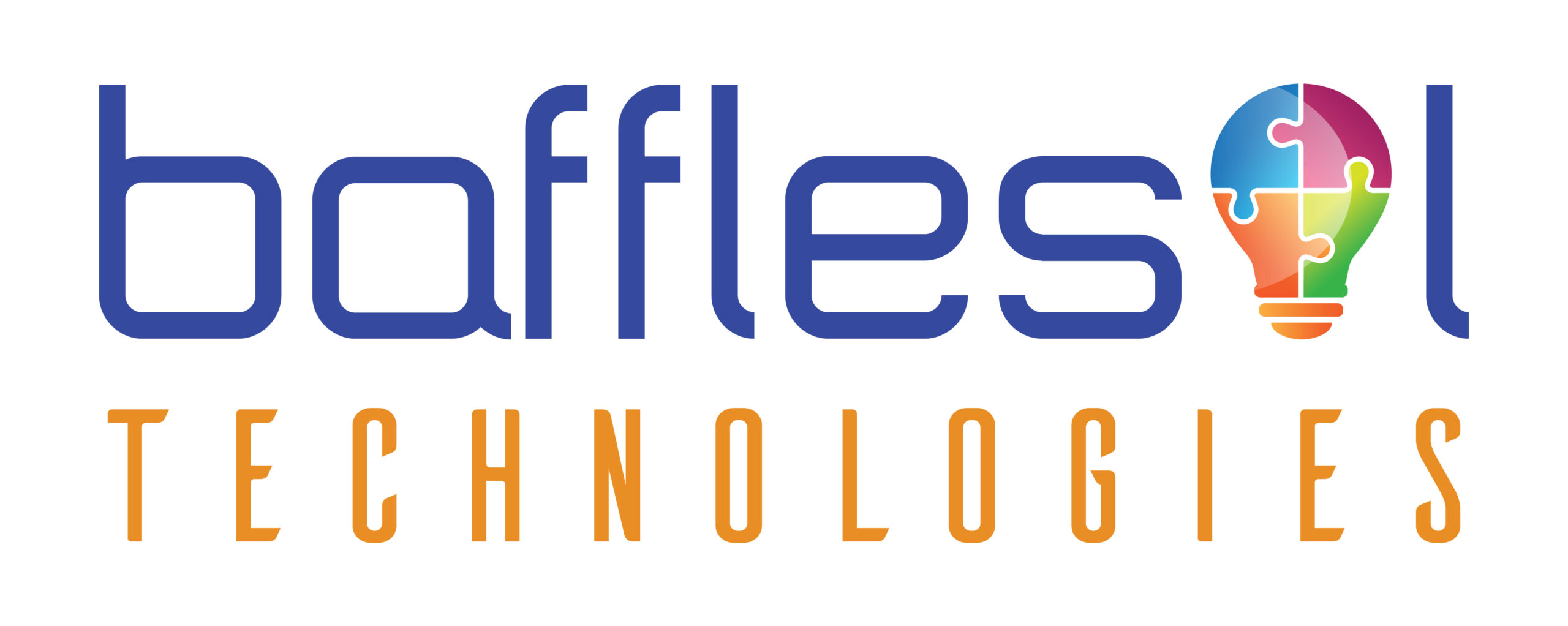Disruptive events in 2020 have led businesses with no choice but to innovate and improve. Implementation of automation and technology is less challenging than finding the apt way and correct process to implement. Data visibility, managing operations, and mitigating risk need analysis and identification of a specific problem to offer a complete solution in terms of technology and processes. Shift to remote work, what is being called Remotopia has forced organizations to ramp up infrastructure on the cloud and ensuring all disparate systems are connected to a central system. This new way of working has uncovered important aspects for management to build competency to use these systems and keep everyone motivated enough to follow the right processes to generate maximum ROI. Policies and Procedures have been re-aligned to make processes more efficient and help remove waste.
The commodities spectrum has been no different. Suspension of production and operations, closing international borders impacting the supply chain, increased raw material prices, and bankruptcies have been witnessed. Implementing technology stacks like CTRM + ERP has many complexities involved and needs a thorough analysis of processes to be followed, specialized technical — business skills, and, of course, solid leadership. Some of the critical challenges and the solution in terms of process improvement are –
Data: For commodities, data is the foremost wealth. Data analysts spend significant time analyzing, evaluating, normalizing, and presenting data in different formats coming from multiple sources. It’s an arduous chore to find the current data and compare it to previous years and analyze same. But the end goal is to determine the supply and demand scenario for the future. To achieve this in a better way, we should:
Gather and centralize commodities data from multiple sources. By aggregating data in one system, users can optimize decision-making and gain a competing advantage.
Break down data silos to allow accessibility, visibility throughout the supply chain and across multiple countries, regions, marketplaces, business areas, and entities. Using an advanced tool along with an existing solution, such as CTRM + ERP software, allows you to bring together all of your data from different sources and review hidden risks faster.
Traders and risk managers can improve productivity if they can perform powerful functions or view data anytime, anywhere. With a mobile-enabled CTRM + ERP solution, traders can enter deals and hedge efficiently, even while out of the office.
Procurement: Risk and procurement go hand in hand, mainly because of possible implications of supplier failure and natural disasters. Since organizations operate globally, these companies work in a more voluminous supply chain, and procurement should monitor quality throughout the entire chain and tertiary suppliers. In addition to this, procurement also has to tackle compliance-specific issues. Despite this, a more efficient way of handling this will be –
Have a central repository that has automated workflows basis input certifications and compliance documents. This makes access to information easy and in just one click.
Add contract management to your existing systems and plug the procurement gap. Linking the contracts to derivatives provides the necessary transparency and insight into the risk position of the trader by managing incorrect information, slow validation, and approval process.
Compliance is essential. Compliance is not just a regulatory around political borders but also around the day-to-day activities of people. To ensure all compliance needs are met –
Do an assessment that examines the firm’s risk tolerance, both in terms of pre and post-trade practice rules. After identified risks, a detailed process should be created to mitigate the risk and ensure continuity across desks/locations.
Additionally, a surveillance program needs to be set up with a thorough understanding of the violations and conduct, such as trade timing, trade size, volume, etc., so that errors are reduced without decreasing the effectiveness of the surveillance program. Usually, CTRM systems have automated functionality that can do pre-trade risk controls and self-match prevention.
With growing competition and challenging conditions, maintaining an aggressive service is more critical than ever, so it’s essential to keep the processes and activities that make your business different whilst digitalizing to make them more efficient. Implementing a commodity management solution has many benefits, but frequent checks on processes and review to identify gaps and bottlenecks is also very important. It will streamline business processes, accelerate information flow, and provide commodity procurement and trading groups with the necessary information to optimize the operations.



